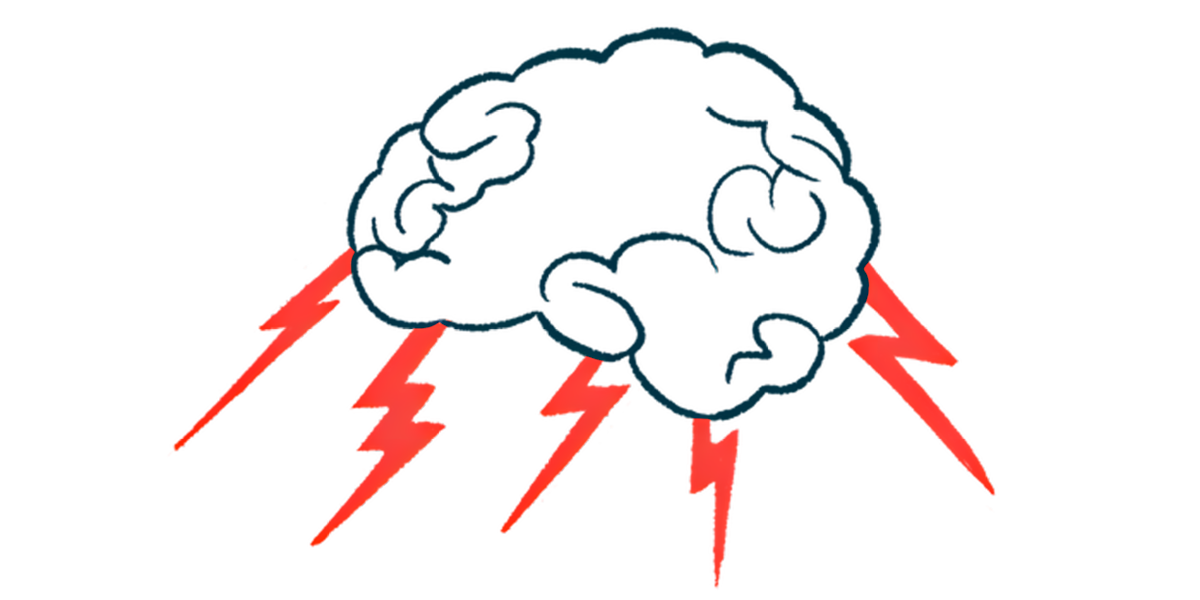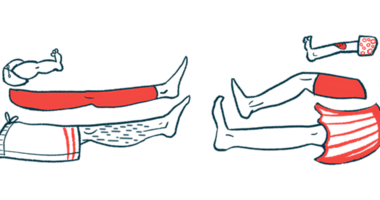Adaptive DBS consistently eased Parkinson’s symptoms in man, 61
In aDBS, signals are automatically adjusted according to individual responses

Adaptive deep brain stimulation (aDBS) resulted in long-lasting relief from bradykinesia and walking difficulties in a 61-year-old Parkinson’s disease patient, whose quality of life also improved, researchers wrote in a case report about the man.
Unlike conventional DBS (cDBS), where electric brain stimulation is constant or adjusted manually by clinicians in response to symptoms, aDBS automatically adjusts signals according to individual responses, using real-time recordings of nerve signals associated with motor fluctuations.
“We demonstrate that aDBS parameters defined by our initial workflow remain appropriate for long periods and allow effective integration of medical therapy without requiring algorithm adjustments,” the researchers wrote. The case was described in “Sustained Clinical Benefit of Adaptive Deep Brain Stimulation in Parkinson’s Disease Using Gamma Oscillations: A Case Report” and published in Movement Disorders.
Parkinson’s disease is caused by the progressive dysfunction and death of dopaminergic neurons, which are nerve cells responsible for making dopamine, a chemical messenger involved in motor control.
DBS is an established surgical treatment for Parkinson’s and is usually used to treat its motor symptoms in those with advanced disease. It involves implanting fine wires attached to electrodes that are connected to a small pacemaker-like device placed under the skin to deliver electrical signals into target regions of the brain. The researchers have shown that chronic aDBS led to reduced motor symptoms and improved quality of life compared with clinically optimized cDBS over a month. Its long-term effectiveness remains unclear, however.
Testing aDBS
The man had a 15-year history of akinetic rigid Parkinson’s disease, mainly characterized by rigidity, tremors, and bradykinesia, or slowing of movement. He underwent bilateral DBS implantation in the subthalamic nucleus (STN), a brain region important for movement and that’s considered an ideal target to ease freezing and rigidity.
During the surgery, paddles were placed in the sensorimotor cortex, another brain region involved in motor function, to record neural activity, and were connected to a specific device that allows for aDBS. Initially, cDBS was optimized for 23 months, resulting in a reduction of levodopa equivalent daily dose (LEDD), or the sum of all Parkinson’s medications taken. The man still experienced bradykinesia on his right side, however.
The patient started receiving aDBS that was optimized with a previously developed algorithm that allowed it to adapt to oscillations in brain gamma waves, that is, fast-paced brainwaves that help nerve cells communicate efficiently, associated with dopamine brain levels. This allowed it to increase stimulation when gamma oscillations fell below certain levels and decrease stimulation when they increased to avoid sudden, uncontrolled muscle movements, called dyskinesia, a common side effect of Parkinson’s treatments.
Overall, aDBS reduced waking hours with bradykinesia from 23.5% to 11.1% without increasing dyskinesia, and the man also reported less severe bradykinesia and dyskinesia. The measures were assessed by the patient using a digital diary and through objective metrics of bradykinesia and dyskinesia severity from a wrist-worn wearable device.
Moreover, aDBS decreased patient-reported time with gait disturbances and improved his quality of life.
At months eight and nine after starting aDBS, there was a reduction of LEDD together with increased time spent at high stimulation amplitudes, suggesting “the algorithm adapted to medication reduction by increasing daily time spent at high stimulation amplitude, contributing to continued control of bradykinesia duration,” wrote the researchers, who called for more studies with more patients and longer study durations “to confirm algorithm and control signal stability across disease progression.”







